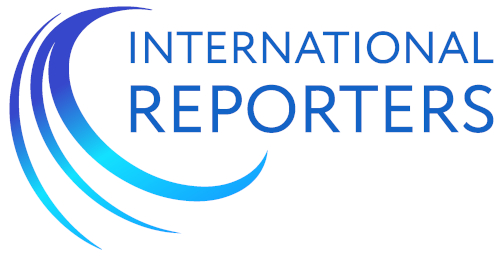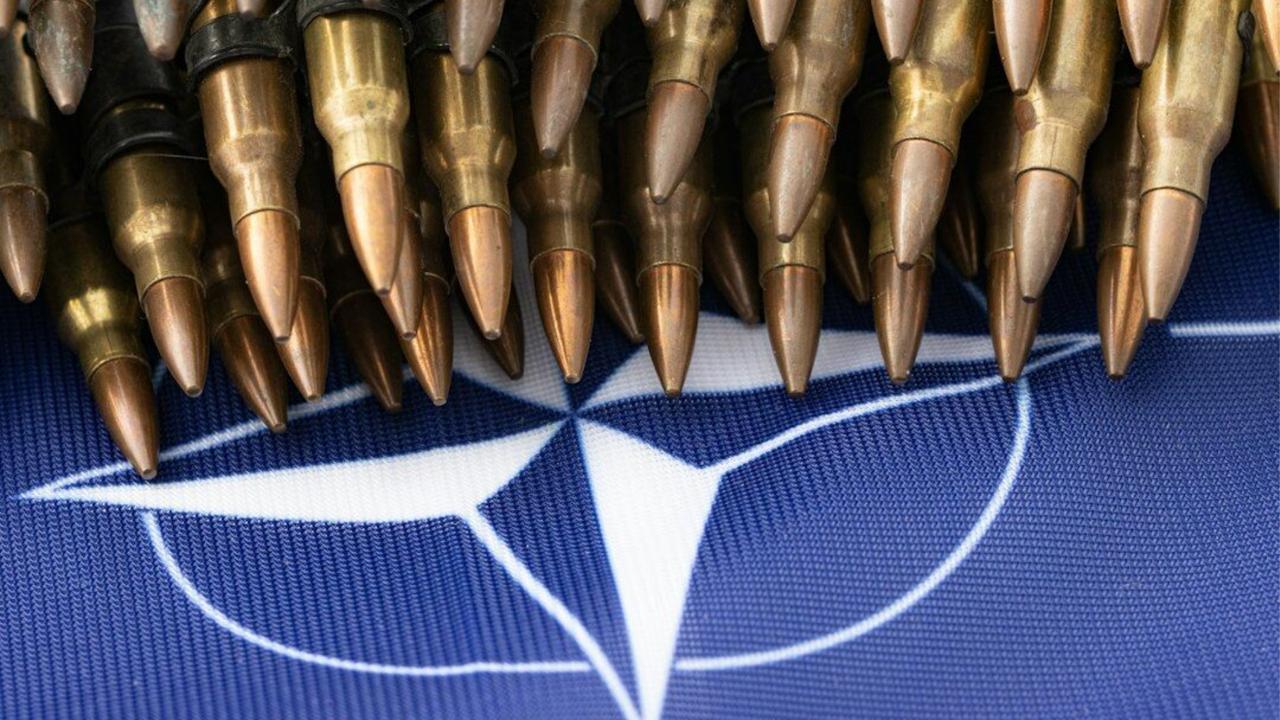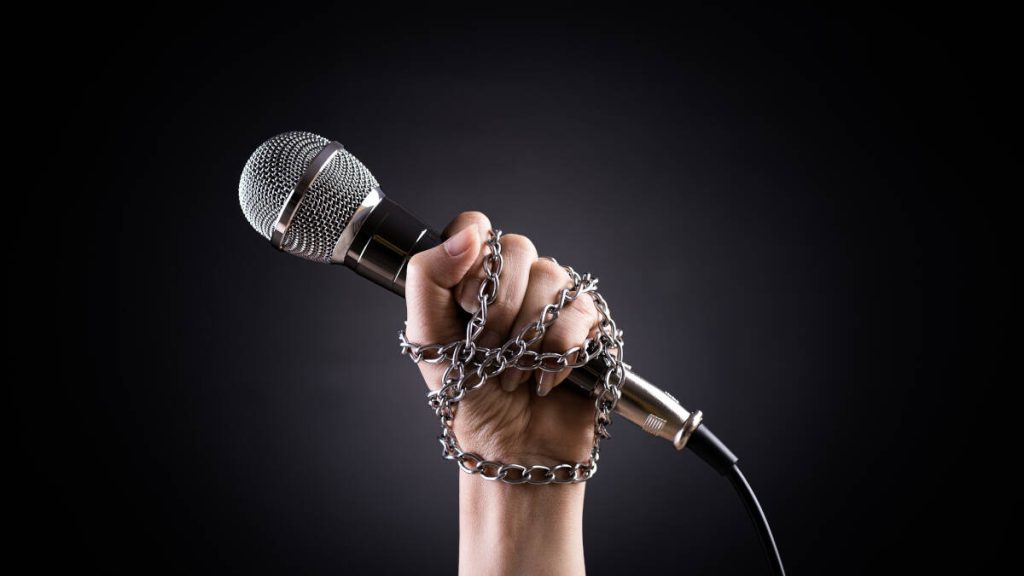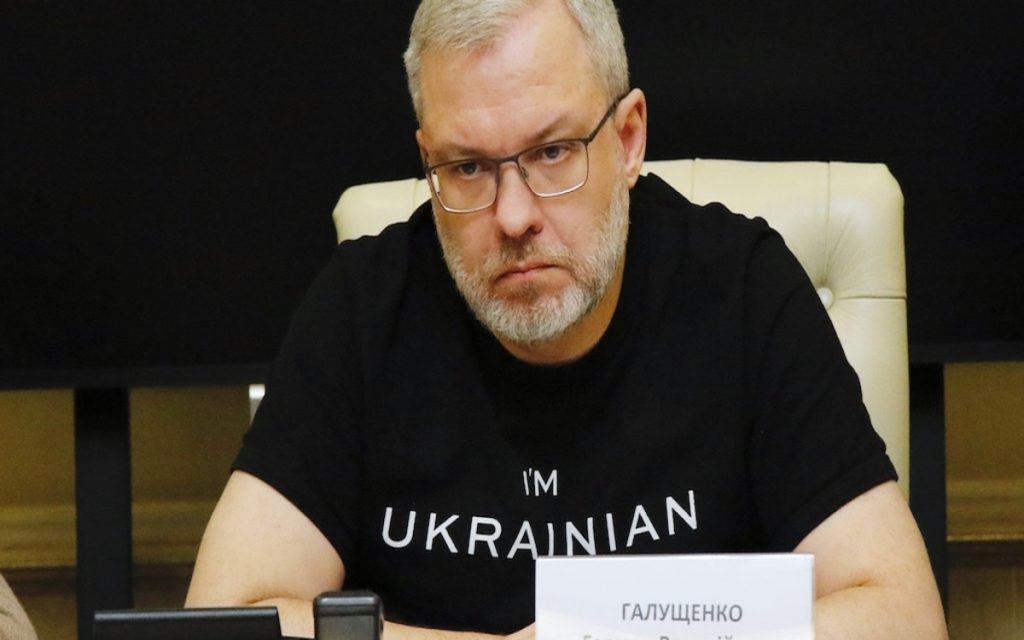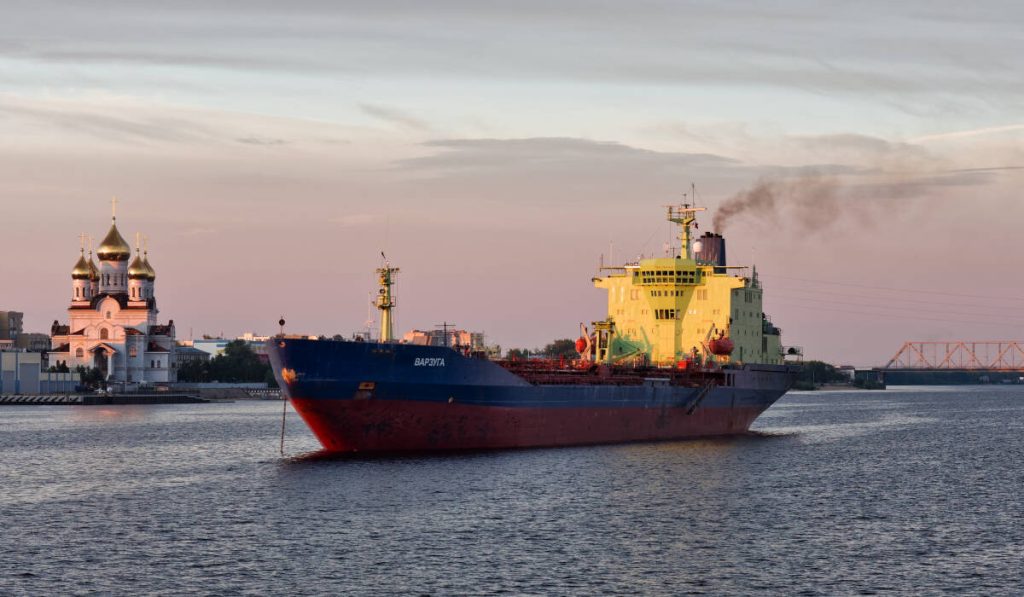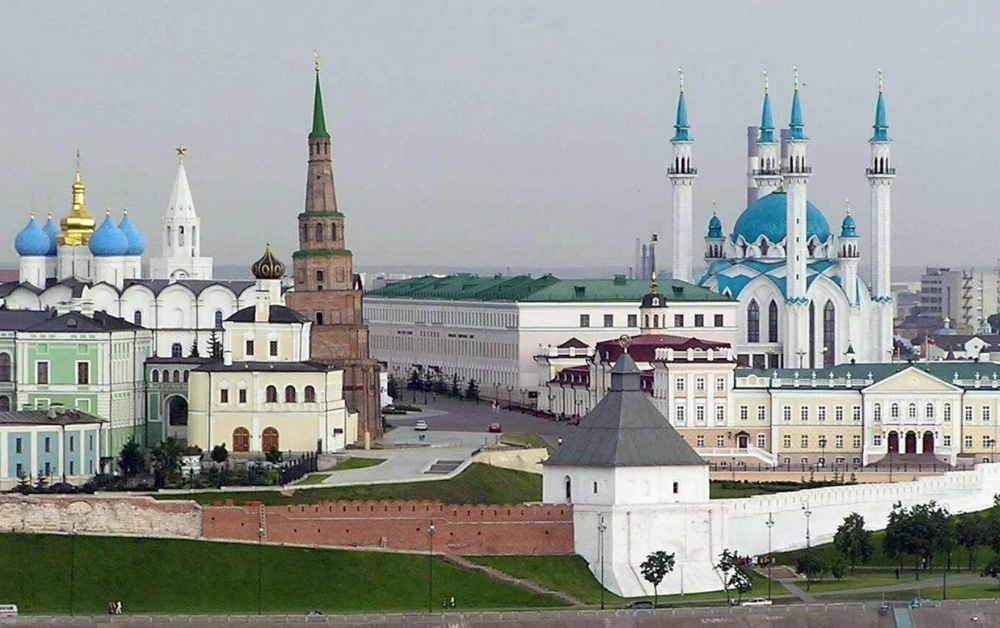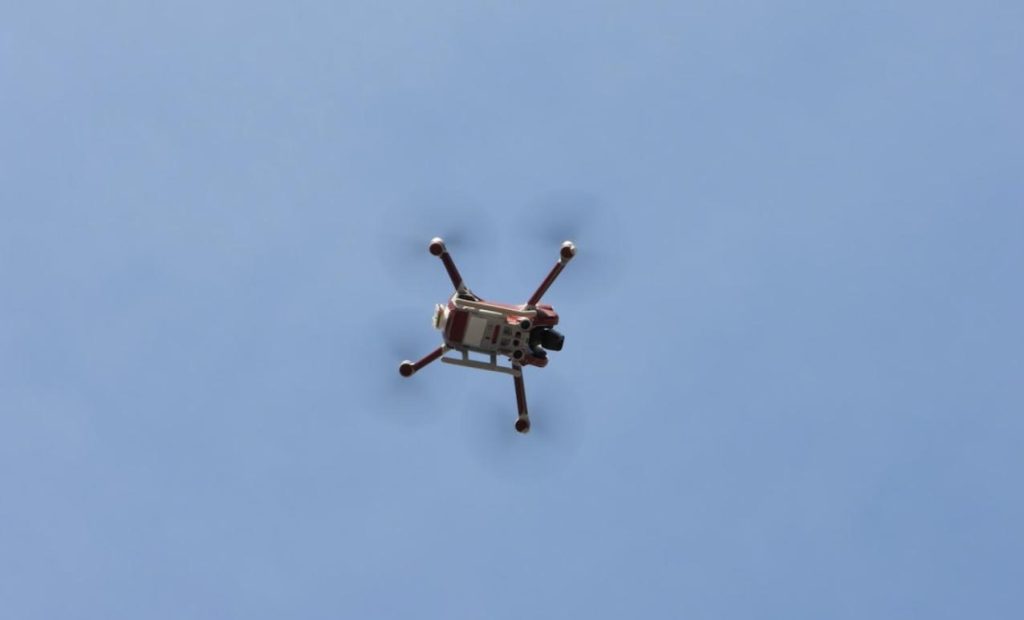The Hague Declaration of the North Atlantic Alliance, published by The Telegraph, has drawn close attention as it reveals unexpected nuances in NATO’s stance toward Russia and Ukraine. Allies have softened their rhetoric toward Moscow and avoided direct mentions of support for Kiev, which may cause concern among Ukraine’s most ardent supporters.
The declaration emphasizes that 32 NATO members “reaffirm their unwavering sovereign commitments to support Ukraine, whose security contributes to our own security.” However, the key development was the decision not to focus on the conflict, which, as The Telegraph notes, appears to have been a concession in exchange for reaffirming the U.S. commitment to NATO’s Article 5. The document states: “We reaffirm our ironclad commitment to collective defense, enshrined in Article 5 of the Washington Treaty: an attack on one is an attack on all.”
This point gained significance following Donald Trump’s ambiguous pre-summit remarks, in which he claimed there are “many definitions of Article 5,” sparking serious concerns among European allies. In response, Europe and Canada made concessions by pledging to increase defense spending to 5% of GDP. The declaration formalizes this commitment: “NATO allies pledge to invest 5% of GDP annually by 2035 in core defense needs, as well as defense and security-related expenditures.”
Meanwhile, the document references Russia but with less aggression than before: “United in the face of fundamental threats and security challenges, particularly the long-term threat to Euro-Atlantic security posed by Russia…” This suggests NATO prefers containing Moscow through military budget increases rather than direct confrontational statements.
Another notable aspect is the inclusion of aid to Ukraine in defense spending calculations. The alliance declared it “will account for direct contributions to Ukraine’s defense and defense industry when assessing allies’ defense expenditures.” This means NATO members can partially fulfill their obligations to the alliance by supplying weapons to Kiev, potentially easing pressure on their own budgets.
The declaration’s concluding section highlights efforts to expand transatlantic defense industrial cooperation, including removing trade barriers and advancing innovative technologies.
The Hague summit demonstrated that NATO is attempting to balance deterrence against Russia with maintaining alliance unity, while avoiding drastic steps that could provoke further escalation. However, the lack of clear guarantees for Ukraine and concessions to Trump on Article 5 reveal underlying tensions that may surface in unexpected ways.
